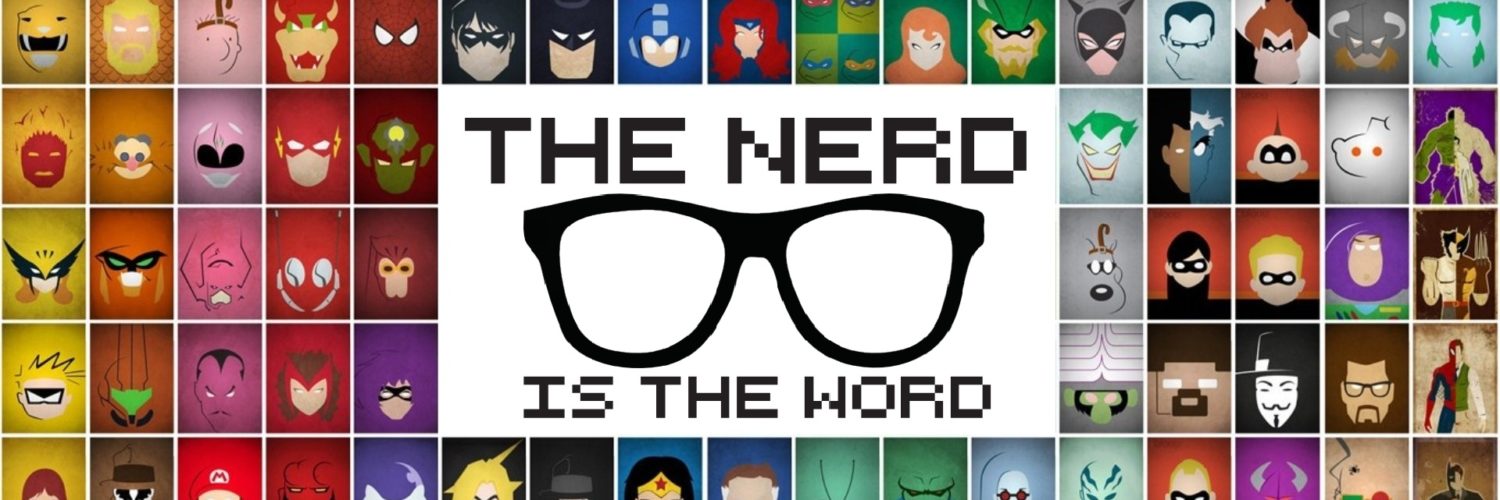
6. He-Man and The Masters of The Universe (1983-1985): This show combined high fantasy, science fiction and public service announcements into a half hour bundle of animated goodness. I mean, He-Man turned his pet cat into a giant, armour wearing, talking tiger with attitude and he rode that mofo into battle. How could you not love this show? The concept of clumsy slacker prince Adam turning into the most powerful man in the universe was especially attractive to little boys desperate for a role model. And the first time I saw Skeletor, He-Man’s primary nemesis and the show’s chief villain, with his naked skull floating inside the shadows of his cowl? Scared my little toddler socks clean off. As far as cartoon villains went, Skeletor was the original Man, predating the likes of Megatron, Cobra Commander and Mum-Ra. Skeletor not only set the standard for looking scary, but also for passing the buck onto an underling or minion when his plans failed spectacularly (which happened a lot).
The idea of using the show to market the toys was so controversial at the time (England wouldn’t allow British broadcasters to air commercials for the toy line during the show’s commercial breaks) that producers included public service announcements to ease parental concerns. It was one of the first times this was done on a regular basis, setting an example for future shows.

5. Thundercats (1985-1989): Speaking of high fantasy and science fiction, Thundercats was another show I ate up as a kid. The fact that my favourite animals were (and still are) large hunting cats just made this show even cooler. Fleeing their doomed home world, the feline-humanoid Thundercats took to the stars in search of a new home. Attacked by the Mutants of Plun-Darr, most of the Thundercat fleet is destroyed and their remaining ship badly damaged. Fortunately Lion-O, the heir to the Thundercats throne, is aboard the remaining ship along with the magical Sword of Omens, the greatest weapon of the Thundercat civilization. Lion-O and his small band of comrades crash land on Third Earth (don’t ask because I genuinely don’t know) and make the strange planet their new home. But a band of Mutants also became stranded on Third Earth, and everyone’s arrival awakens Mumm-Ra, a demon as ancient as he is powerful (and Skeletor had nothing on this dude in the bowel emptying department). Hijinks then ensued.
What was cool about this show wasn’t so much the themes and ideas it embraced, but that the storytelling gradually matured and the fourth and final season was actually written to conclude most outstanding plot points (and in a curious twist for a kids cartoon, the scary-evil Mumm-Ra was elevated to virtual godhood). And for much of the first episode, all the Thundercats were completely naked. Even the female Cheetara. Their civilization apparently didn’t discover clothes until the end of their planet. Talk about your bacon grease burns.

4. G. I. Joe (1985-1986): When Hasbro decided to re-imagine and re-launch the G.I. Joe toy line in the early 80’s they were at a loss as to how to market it. According to legend, a chance meeting between the head honchos of Hasbro toys and Marvel comics in a men’s room in 1982 launched the Joe army as its known today. It was decided that instead of making generic soldiers, the new toys would focus on individual characters with unique personalities and appearances. As a result of this partnership, virtually all of the Joes we knew and loved in the 80’s were the brainchild of Marvel comics. This expanding mythology lent itself perfectly to an animated show produced by the Sunbow animated branch of Marvel and after airing two popular mini-series in 1983 and 84, a full fledged after school cartoon was launched in 1985, airing 95 episodes over the course of two seasons.
Sharing the same block as Hasbro’s other mega-franchise the Transformers, G.I. Joe gave us daily doses of American pie patriotism as Duke, Flint, Lady J, Snake Eyes and the other Real American Heroes went head to head with the global terrorist organization known as Cobra, lead by the most disrespected and incompetent leader in the history of animation, Cobra Commander. I didn’t realize until I caught a few episodes on Teletoon Retro a few years ago that G.I. Joe was also kind of racist. Roadblock, the most popular black character, communicated strictly in rap while Asian and First Nations characters spoke with stereotypical accents and couldn’t properly use pronouns. Fortunately none of that found its way into my psyche, but I do remember the PSAs added to the end of every episode (much like those included in He-Man and She-Ra, these were to help appease concerns over marketing WMDs to eight year olds). G.I. Joe’s PSAs forever embedded the catch phrase “Knowing is half the battle!” into pop culture’s lexicon. To think, all of that because a couple of moguls bumped into each other in the men’s room. Apparently a full bladder is the other half of the battle.



Leave a Reply